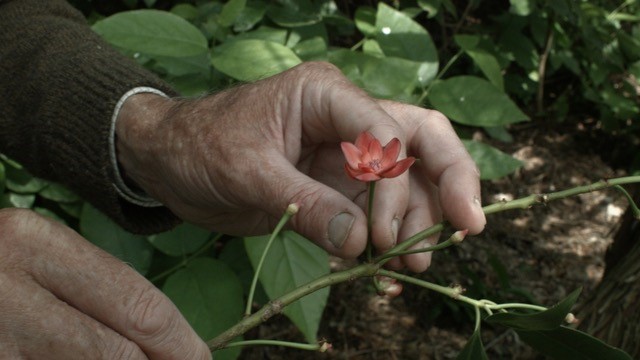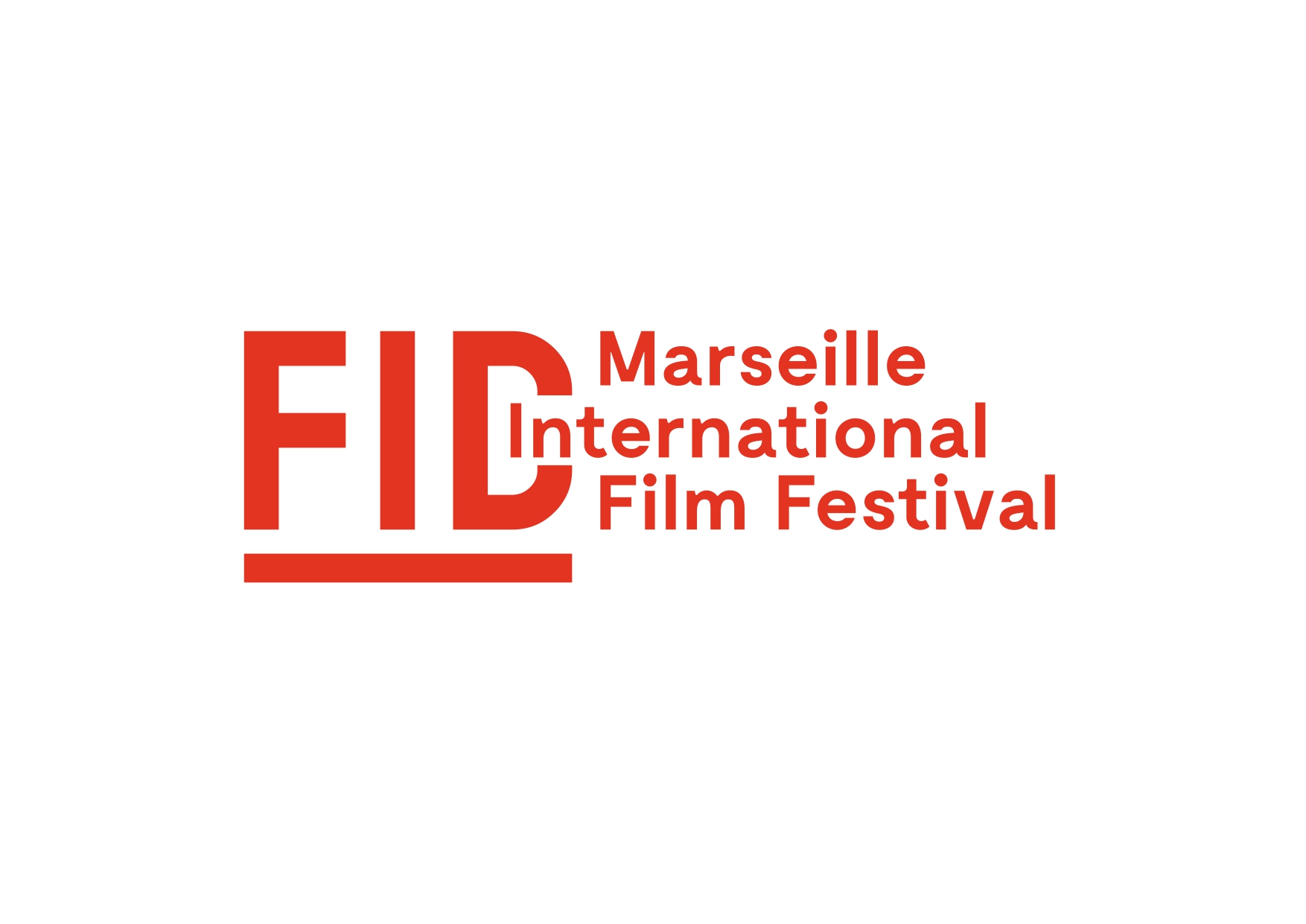
Videoclub
For the first edition of the new series REPERTOIRE, where experimental filmmakers from the orbit of the renowned FIDMarseille Festival are invited for in-depth discussions, filmmakers Pierre Creton and Vincent Barré, along with the leadership duo of FIDMarseille, will be on-site to participate in a conversation about their work.
FIDMarseille is an International Film Festival with competitive sections, a policy of world and international premieres, and distinguished hosts.
The festival aims to be attentive to contemporary cinematic writing, whether fiction or documentary, short or feature-length films. It offers a unique program to a broad local, national, and international audience.
Filmscreening: 7 promenades avec Mark Brown / 7 walks with Mark Brown
Pierre Creton, Vincent Barré
France / 2024 / 104′
CNAP (NATIONAL CENTRE FOR VISUAL ARTS) AWARD 2024
Script: Vincent Barré, Pierre Creton
Photography: Antoine Pirotte, Sophie Roger, Pierre Creton Editing: Pierre Creton, Vincent Barré
Sound: Joseph Squire, Matthieu Deniau
Cast: Mark Brown
Mark Brown is a paleobotanist. He has devoted his life to a crazy project: recreating a primary forest in his own garden in Normandy. Viewers of Pierre Creton’s previous film, A Prince, already know him: he is the man giving a lecture on the origin of flowers to the class of Alberto, played by Vincent Barré. Those who are familiar with Creton’s work will recognize the members of his usual band, all gathered here. Because his films, whether made alone or with Vincent Barré, always come from a place between curiosity and friendship, adventure and loyalty. This time, the adventure involves letting Mark Brown guide us, walk after walk, in search of the endemic plants of the Pays-de-Caux. In 2006, Barré and Creton made a wonderful film-herbarium in the high-altitude valley of the Spiti River, in the Himalayas: The Arch of the Iris (FID 2006), a film vibrant with beauty, the handheld DV camera collecting each specimen in situ. By replaying this gesture in more familiar landscapes, between the Seine and the cliffs, the directors give it a whole new dimension. First, there is “The Shooting,” filmed digitally: the little band joyfully strolls, from meadow to peat-bog, following in their guide’s wake. One takes notes, another records sounds, a few chat along the way, and Mark gushes over each and every flower. Meanwhile, the last one bustles about, focused on his task: checking the light, choosing the focal length, triggering the shot that will capture on film the singular beauty of each plant. The collection of these shots forms the second part of the film: “The Herbarium”. After the wide shots and landscapes, after the digital image, the sudden appearance of flowers in close-ups, transfigured by 16mm, is a wonder for the eyes. Flower after flower, in a low voice, as if intimidated by so much beauty, Mark Brown improvises a commentary, between science and poetry. Too modest to say it aloud, he shares another lesson by example: getting closer to plants, sharing their lives, is a condition for poetic survival in the midst of disaster. – Cyril Neyrat
Pierre Creton, born in 1966 in Seine Maritime, is an artist and filmmaker. He studied at the École des Beaux-Arts in Le Havre. He decided to become a farm worker, and his various jobs as a beekeeper and cowherd led him to make films about the master/slave relationship and our relationship with animals. He is the author of some twenty films, all presented at the FIDMarseille International Film Festival. L’Heure du berger won the Grand Prix in the French competition in 2008. Five of his feature films have been released in France: Secteur 545 (2004), Maniquerville (2009), Va, Toto! (2017), Le Bel Été ( 2019) and Un Prince (2023). He lives and works in Normandy’s Pays de Caux region, a territory he continues to explore and film. Since 2020, he has been self-employed as a gardener for Maison Lambert.
Sculptor and film-maker Vincent Barré was born in Vierzon in 1948. He lives and works in Paris, Normandy and the Loiret. He was head of studio at the Beaux-Arts de Paris from 1995 to 2011. He is represented by Corkingallery, Toronto, Ontario, Canada.
Architecture: From 1967 to 1975, he studied architecture in France and then in the United States with architect Louis Kahn and engineer Robert Le Ricolais.
Sculpture: In 1982 he ceased this activity and devoted himself to sculpture. From 2014 onwards, the creation of large bronze sculptures in wood and wax using the lost model technique opened up a new range of forms for him, and the possibility of creating monumental works in bronze.
Filmmaking: His encounter with visual artist and film-maker Pierre Creton and the setting up of a studio in the Pays de Caux led him to regularly co-produce short films with him. These films have been shown at FID in Marseille, at various festivals in Europe and in his exhibitions.

- 20:00Videothek
Videoclub
Filmscreening & Gespräch